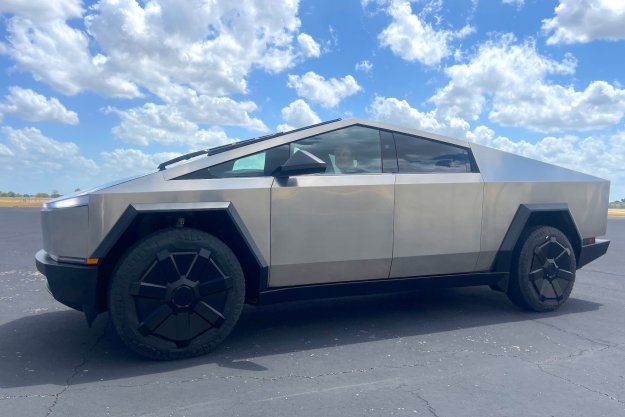
It looks like Chris Christie won’t be hobnobbing with Sebastian Vettel anytime soon.
Formula One has cancelled plans to hold a race in New Jersey, F1 boss Bernie Ecclestone told CNN.
The Grand Prix of America, scheduled to take place across the Hudson River from New York City in 2014 isn’t happening because the race’s organizers don’t have enough money, Ecclestone said.
“It’s not in the cards for next year,” he said. The official F1 calendar won’t be finalized until December, but organizers need to prove they have the requisite financial backing well in advance.
However, Grand Prix of America spokesman Alex Howe said the race could still happen.
“We don’t comment on financial matters but we are on track for 2014 and will have a statement following the announcement of the official 2014 FIA Formula One World Championship schedule,” Howe told CNN.
The race has already been cancelled once; it was tentatively scheduled for this past June. While construction of the F1 facilities is already under way, the Grand Prix of America has had organizational difficulties.
The race’s president, Tom Cotter, resigned in August 2012, and inability to make payments to the F1 organization led to its original cancellation.
“It is such a muddle and a mess that it is not worth doing,” Ecclestone said of the situation.
The New Jersey Grand Prix was supposed to be run over 3.2 miles of public roads in Weehawken and West New York, New Jersey. Current F1 World Champion Sebastian Vettel and fellow Red Bull team driver David Coulthard showed up last year to do some “testing.”
While Weehawken doesn’t really have the class of Monaco or the storied racing history of Silverstone, its location just opposite Manhattan makes it a desirable site for a sporting event. The New York Giants play in New Jersey, after all.
A race within spitting distance of the cultural center of the United States is certainly an attractive prospect, but the Grand Prix of America wouldn’t be the first failure of F1 in the U.S.
In 2005, problems with Michelin tires at the United States Grand Prix in Indianapolis left only six cars on the starting grid. Two years later, F1 left the States for what turned out to be a five-year hiatus.
Formula One fans can still see a race without having their passports stamped: The United States Grand Prix was revived last year at the newly constructed Circuit of the Americas in Austin, Texas.
So, if you want to see an F1 race in the United States, buy a cowboy hat.
Editors' Recommendations
- Virtual Formula One racing needs to embrace chaos to succeed
- Formula One is adding cost caps in 2021, so teams are spending even more for 2020
- Ferdinand Porsche was 100 years ahead of his time with his 1900 hybrid
- Formula E races aren’t just exciting, they’re driving EV tech into the future


